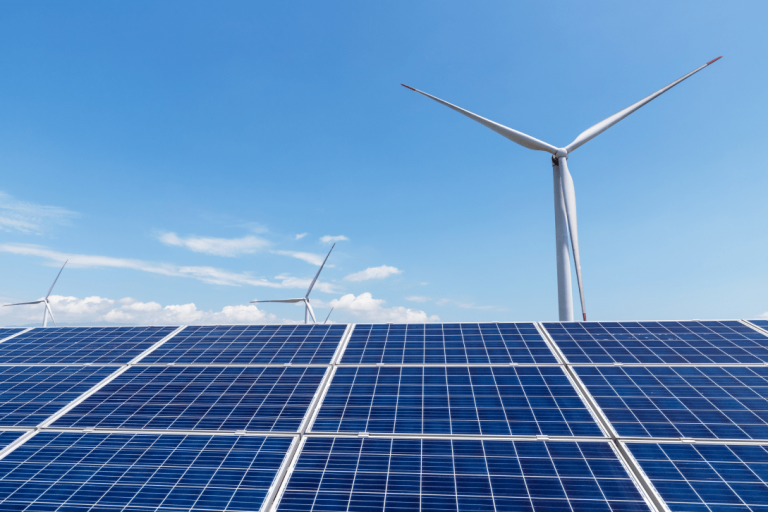October 2021
In the middle of this month, the Government of Spain plans to carry out a auction of up to 3,300 MW of power produced entirely from renewable sources, specifically of wind and photovoltaic origin.
This production must be carried out in short periods of time, since the objective of this energy auction is to try to somehow alleviate the effects of the constant rise in the price of electricity, which is reaching historical limits and is expected to continue rising. constantly or even exponentially in the coming weeks (currently, €200 per MWh has been far exceeded, reaching daily peaks of up to €240). The reason for this auction is due to this increase in the price of electricity.
You can consult a previous article in which I talked about the relationship between Renewable Energy (EERR) and the price of electricity.
The following graph represents the variation in the hourly price of electricity at the end of 2020 and beginning of 2021 in Spain (Source: OMIE), which oscillates between very small values, around €2 per MWh at 3-4 in the morning (on the left of the figure) to an oscillation between €120 and €75 per MWh (on the right of the graph):
It's important to put attention on The electricity bill depends on the type of contract you have; if the price is fixed or there is a daily auction.
To contextualize this article, we must introduce what is electrical auction. Every day an auction is held in the electricity market in which the price of electricity the next day is established or fixed. That is, the energy purchased today is what will be supplied tomorrow. In Spain, this auction is regulated by the Iberian Energy Market Operator, which sets the price for each hour of the day. These auctions are regulated by the law of supply and demand, as seen in the following figure (Source: OMIE).
This graph represents the purchase price of electricity (demand) and supply of sale price, which is the price at which electricity will come at a given time on a given day. It is this price that varies according to the energy generating agents. This operation is repeated every hour, which explains the oscillations in the price of electricity throughout the day, and what causes the price to become more expensive during the hours of greatest demand, achieving the maximum daily price peaks that are observed. on television and news programs.
In this auction, not all energies are priced equally; those energies that do not require fuel for their production (RES such as wind or photovoltaic) are offered in the market at a price of €0.
Others, such as natural gas, have a higher price, because they use fuels as raw materials for energy production and obtaining them.
It is more expensive and complicated, also taking into account the “carbon credits”, credits that companies have to be able to acquire carbon dioxide emission rights.
The incorporation of RES to the energy market is of vital importance to lower the price of electrical energy, since there is a shift in the price of energy produced by other more polluting and expensive means.
It is not the first time that a measure like this has been carried out, something similar was done in 2020. In this case the time periods are more limited, creating a reserve of 600 MW for wind or photovoltaic energy, having to be built within a period of 1 year, and in operation before autumn 2022. This measure aims not only to make the electricity, but also generate jobs for the construction of renewable plants, facilities, etc.
A reserve of 300 MW is reserved for small photovoltaic installations (around 5 MW or less) with a local character, since a factor to take into account is the proximity of the energy parks to the distribution areas. It is also a measure to support distributed generation systems, which are more efficient in requiring less infrastructure to distribute energy, thus reducing losses.
An aspect to highlight of this auction is the inclusion of good environmental and social practices, information to citizens about the measures that will be applied and the promotion of citizen participation.
During this year, other energy auctions are organized to continue containing, or at least trying to, the unstoppable rise in the price of electricity, with minimums of 200 MW for solar thermal energy and 140 MW for biomass. These auctions allow income to be received through the sale of energy in the market, since the sale price is calculated from the results of the auctions.




































